| Description |
Anacetrapib is a potent CETP inhibitor, with IC50s of 7.9±2.5 nM and 11.8±1.9 nM for rhCETP and C13S CETP mutant, respectively.
|
| Related Catalog |
|
| Target |
IC50: 7.9±2.5 nM (rhCETP), 11.8±1.9 nM (CETPC13S)[1]
|
| In Vitro |
Anacetrapib dose-dependently and significantly decreases the transfer of CE from HDL3 to HDL2 (P<0.001 for concentrations equal to and higher than 0.1 µM). Excess Anacetrapib (25 µM) decreases the amount of [14C]Torcetrapib (0.25 µM) binds to immobilized rhCETP by 82% and 60%, respectively. Anacetrapib decreases pre-β-HDL formation by more than 46% (P<0.001) at all concentrations tested (0.1, 1, 3, and 10 µM)[1]. A significant reduction of PCSK9 promoter activity by Anacetrapib (ANA) is detected at 3 µM concentration (−22%, p<0.01) and further lowered to 68% of control at 10 µM. Likewise, luciferase activity of B11 cells are decreased by Anacetrapib at 3 µM concentration and reached to a maximal reduction of 38% of control at 10 µM. At 10 µM concentration, Anacetrapib loweres PCSK9 mRNA level to 60% of control and LDLR mRNA level to 67% of control[2].
|
| In Vivo |
Hamsters are given Anacetrapib for 7 days before injection of [3H]cholesterol-labeled macrophages (day 0). Treatment with Anacetrapib leads to significant increases in HDL-C levels at day 0. At day 3, [3H]cholesterol radioactivity in the HDL fraction is significantly increased from control values for Anacetrapib[1]. Anacetrapib (ANA) treatment modestly elevates serum total serum cholesterol levels ~10% (p<0.05) and increases serum LDL-C by 26% (p<0.05) as compared to vehicle control[2]. After an intravenous dose of 0.5 mg/kg, the mean values for systemic plasma clearance, steady-state volume of distribution, and terminal half-life are 2.3 mL/min/kg, 1.1 L/kg, and 12 h, respectively. After oral dosing at 5 mg/kg, the bioavailability of Anacetrapib is 38%. Exposures (AUC) increases in a less than dose-proportional manner from 23 μM•h at 5 mg/kg to 362 μM•h at 500 mg/kg. In this dose range, the peak plasma level (Cmax) ranges from 5 to 26 μM and the time to reach peak plasma level (Tmax) ranged from 3 to 4.5 h[3].
|
| Kinase Assay |
The inhibitory potency (IC50) of Dalcetrapib, Torcetrapib, and Anacetrapib to decrease CE transfer from HDL to LDL by rhCETP and C13S CETP is measured using a scintillation proximity assay kit. Briefly, [3H]CE-labeled HDL donor particles are incubated in the presence of purified CETP proteins (final concentration 0.5 µg/mL) and biotinylated LDL acceptor particles for 3 h at 37°C. Subsequently, streptavidin-coupled polyvinyltoluene beads containing liquid scintillation cocktail binding selectively to biotinylated LDL are added, and the amount of [3H]CE molecules transferred to LDL is measured by β counting[1].
|
| Cell Assay |
Cells are seeded in a 96 well plate overnight prior to the treatment by different concentrations of CETP inhibitors (e.g., Anacetrapib) for 24 h. Cell viability is measured using the CellTiter-Glo Luminescent Cell Viability Assay kit. Four wells are evaluated under each experimental condition[2].
|
| Animal Admin |
Mice[2] Eight-week old male C57BL/6J mice are housed (4 animals/cage) under controlled temperature (72°F) and lighting (12 h light/dark cycle). Animals have free access to autoclaved water and food. In the first in vivo study, after an acclimatization period of 7 days, mice are fed a high-fat high-cholesterol diet (HFHC) containing 35% calories from fat and 1.25% cholesterol for two weeks. Mice are then divided into two groups (n=8 per group) and are given a daily dose of Anacetrapib at 50 mg/kg by oral gavage. The control group receive vehicle (0.5% methyl cellulose). The drug treatment lasts 7 days. In the second in vivo study, mice fed a normal chow diet are treated with Anacetrapib (50 mg/kg, n=8) or vehicle (n=8) for 10 days. Serum samples are collected after a 4 h fasting before and after the drug treatment. After the last dosing, all animals are sacrificed for collection of serum and liver tissues. Livers are immediately removed, cut into small pieces, and stored at −80°C for RNA and protein isolations and cholesterol measurement. Rats[3] Adult male Sprague-Dawley rats, weighing 280 to 330 g, are fasted overnight before the study. The animals are allowed access to food 4 h after dosing, but water is provided ad libitum. For intravenous administration, four rats received a dose of Anacetrapib (dosing volume 2.5 mL/kg) via bolus injection through a catheter previously implanted into the femoral vein, followed by a 300 μL saline flush. The intravenous dose of Anacetrapib is formulated in polyethylene glycol 300-water (7:3, v/v) at a concentration of 0.2 mg/mL. For oral administration, four rats received a dose via oral gavage (dosing volume 2 mL/kg). These oral doses of 5, 50, 100, and 500 mg/kg are formulated in Imwitor 742-Tween 80 (1:1, w/w) at concentrations of 2.5, 25, 50, and 250 mg/mL, respectively. Blood samples (0.3 mL) are collected into EDTA-containing tubes at the following time points: predose and 0.083 (intravenous only), 0.25, 0.5, 1, 2, 4, 6, 8, 24, and 48 h postdose. Blood samples are stored on ice, and plasma is prepared by centrifugation. Plasma is transferred to a 96-well plate and stored at −70°C until analysis.
|
| References |
[1]. Niesor EJ, et al. Modulating cholesteryl ester transfer protein activity maintains efficient pre-β-HDL formation and increases reverse cholesterol transport. J Lipid Res. 2010, 51(12), 3443-3454. [2]. Dong B, et al. CETP inhibitors downregulate hepatic LDL receptor and PCSK9 expression in vitro and in vivo through a SREBP2 dependent mechanism. Atherosclerosis. 2014 Aug;235(2):449-62. [3]. Tan EY, et al. Pharmacokinetics, metabolism, and excretion of anacetrapib, a novel inhibitor of the cholesteryl ester transfer protein, in rats and rhesus monkeys. Drug Metab Dispos. 2010, 38(3), 459-473.
|
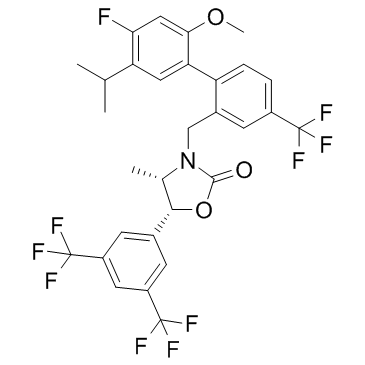
![(4S,5R)-5-[3,5-bis(trifluoromethyl)phenyl]-3-[2-iodo-5-(trifluoromethyl)benzyl]-4-methyl-1,3-oxazolidin-2-one Structure](https://www.chemsrc.com/caspic/474/875446-35-8.png) CAS#:875446-35-8
CAS#:875446-35-8 CAS#:875446-29-0
CAS#:875446-29-0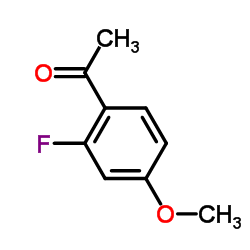 CAS#:74457-86-6
CAS#:74457-86-6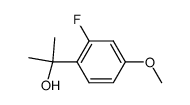 CAS#:96826-25-4
CAS#:96826-25-4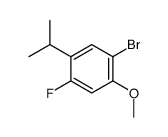 CAS#:944317-92-4
CAS#:944317-92-4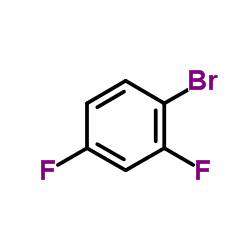 CAS#:348-57-2
CAS#:348-57-2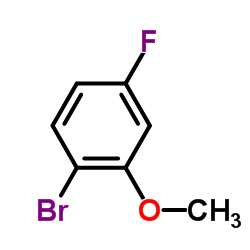 CAS#:450-88-4
CAS#:450-88-4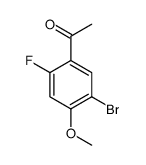 CAS#:914221-54-8
CAS#:914221-54-8 CAS#:958029-46-4
CAS#:958029-46-4
